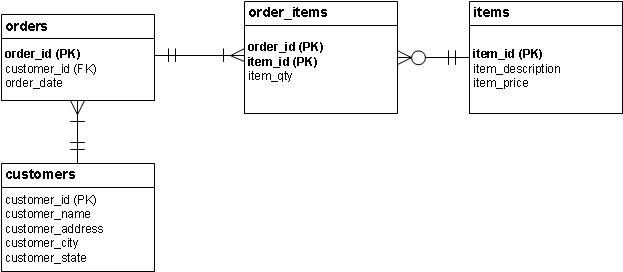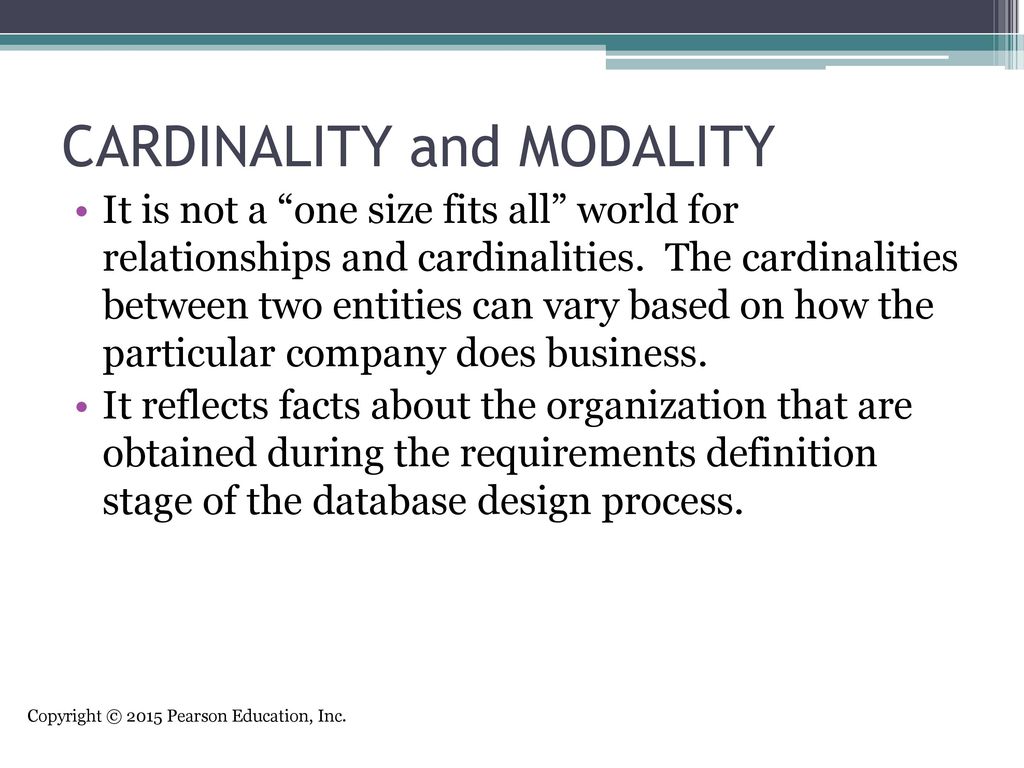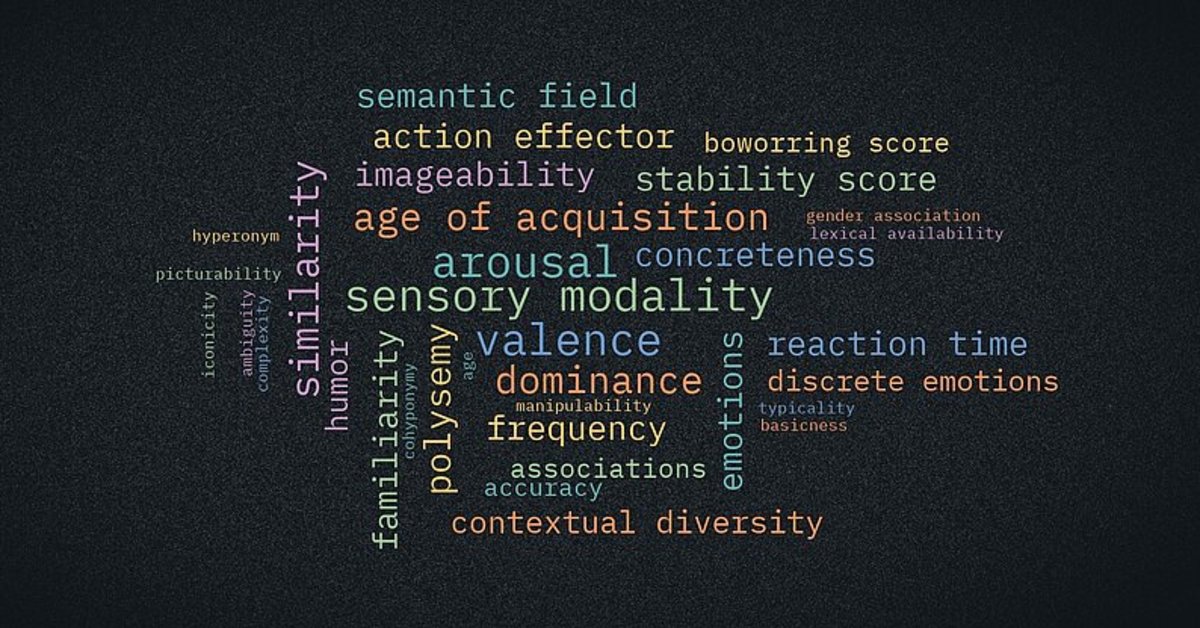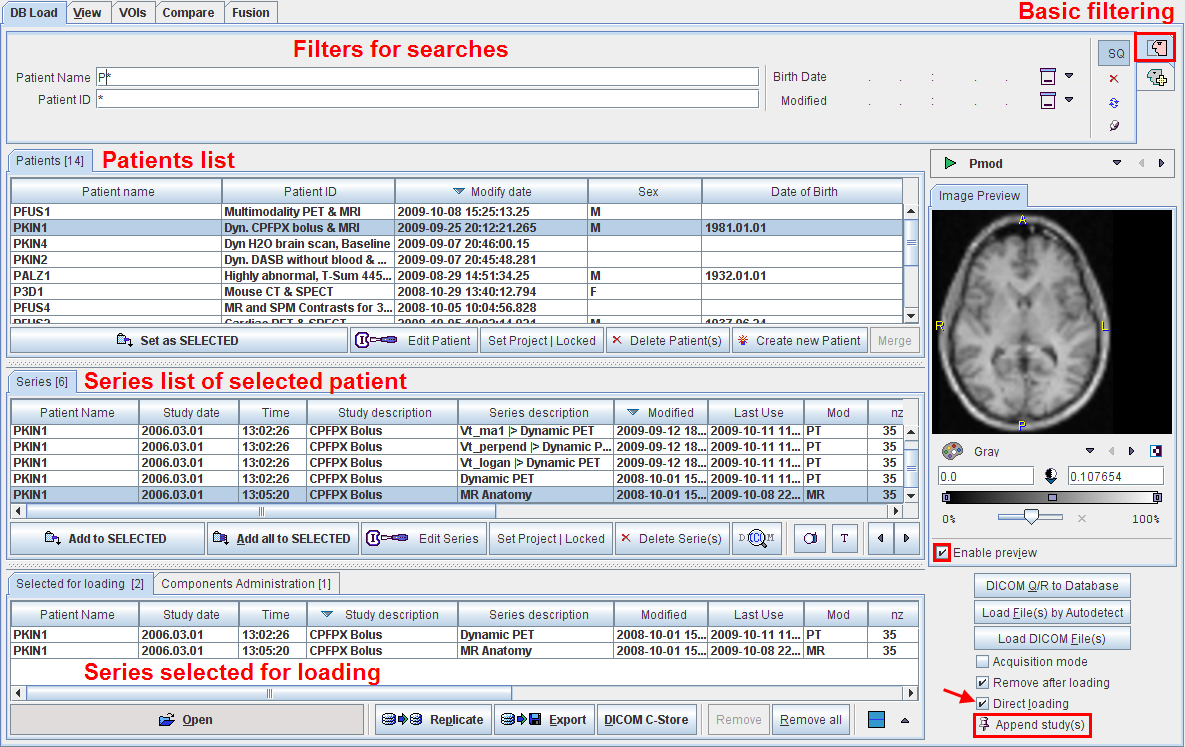Modality in database refers to the way data is stored and accessed in a database management system (DBMS). Modality can have a significant impact on the performance and efficiency of a database, as well as its overall functionality. There are several different types of modality that are commonly used in databases, each with its own advantages and disadvantages.
One type of modality is called relational modality, which is based on the relational model of data introduced by E.F. Codd in 1970. In this model, data is organized into tables, with each table consisting of rows and columns. Each row represents a specific entity, while each column represents a specific attribute of that entity. Relationships between entities are established using foreign keys, which are used to link tables together.
Relational modality is widely used in modern databases because it allows for easy data retrieval and manipulation using SQL (Structured Query Language). It is also highly flexible, as it allows for the creation of complex queries that can extract specific data from multiple tables. However, relational modality can be more difficult to design and maintain, especially for large and complex databases.
Another type of modality is object-oriented modality, which is based on the object-oriented programming paradigm. In this model, data is organized into objects, which are self-contained units that contain both data and the functions that operate on that data. Objects are organized into classes, which define the characteristics and behaviors of the objects.
Object-oriented modality is often used in databases that need to store and manipulate complex data structures, such as multimedia or scientific data. It is also highly scalable, as it allows for the creation of new objects and classes as needed. However, object-oriented modality can be more difficult to learn and use than relational modality, and it is not as widely supported by DBMSs.
A third type of modality is called NoSQL modality, which stands for "Not Only SQL." This type of modality is designed for use in databases that need to handle large volumes of data and support high levels of concurrency and availability. NoSQL databases use a variety of data models, including key-value, document, column-family, and graph.
NoSQL modality is well-suited for use in distributed systems, as it allows for easy horizontal scaling and does not require a fixed schema. However, it can be more difficult to use for complex queries and transactions, and it may not provide the same level of data integrity and consistency as relational modality.
In conclusion, modality is an important aspect of database design and management, as it determines the way data is stored and accessed in a DBMS. There are several different types of modality to choose from, each with its own advantages and disadvantages. The best modality for a particular database will depend on the needs and goals of the organization, as well as the complexity and size of the data being stored.







